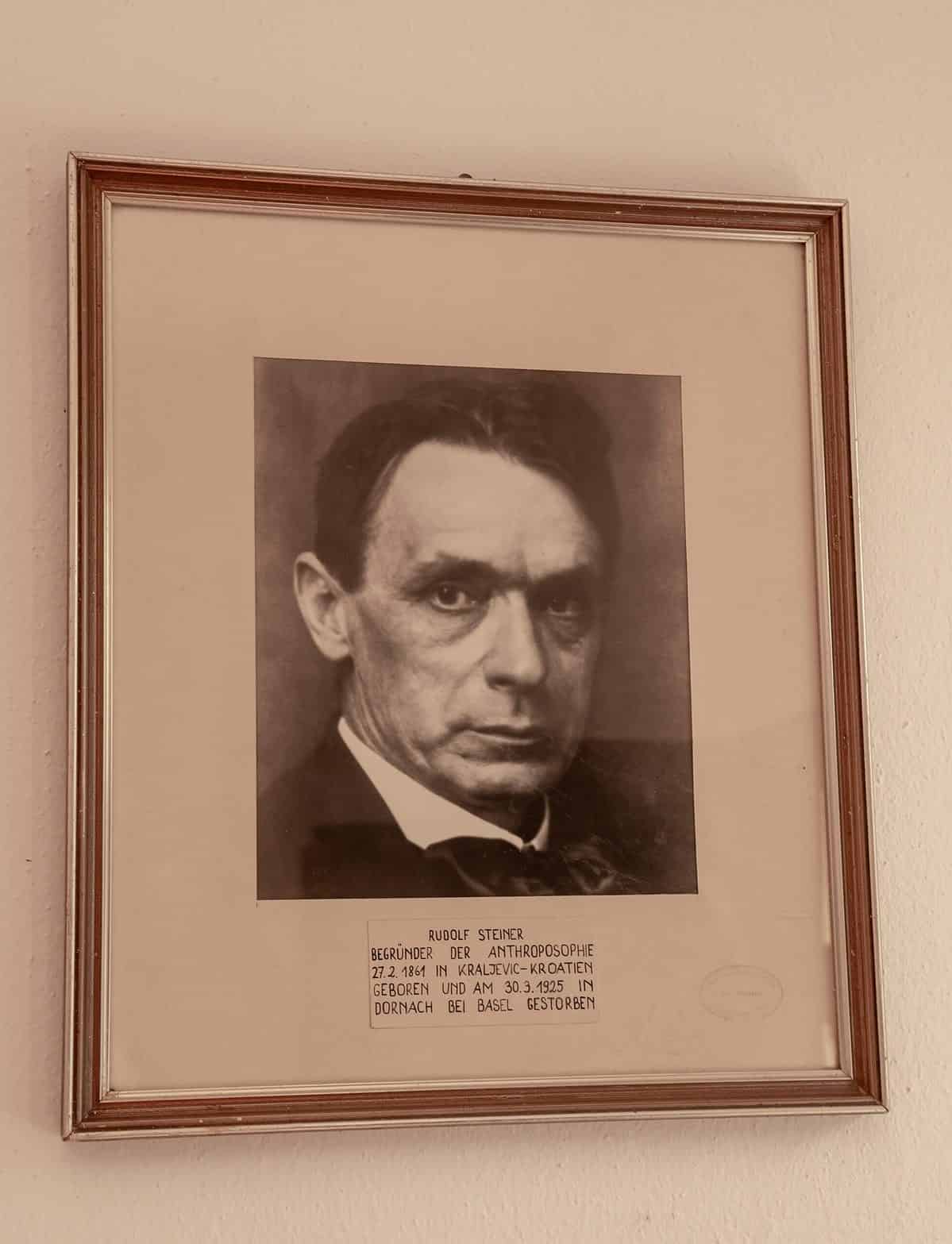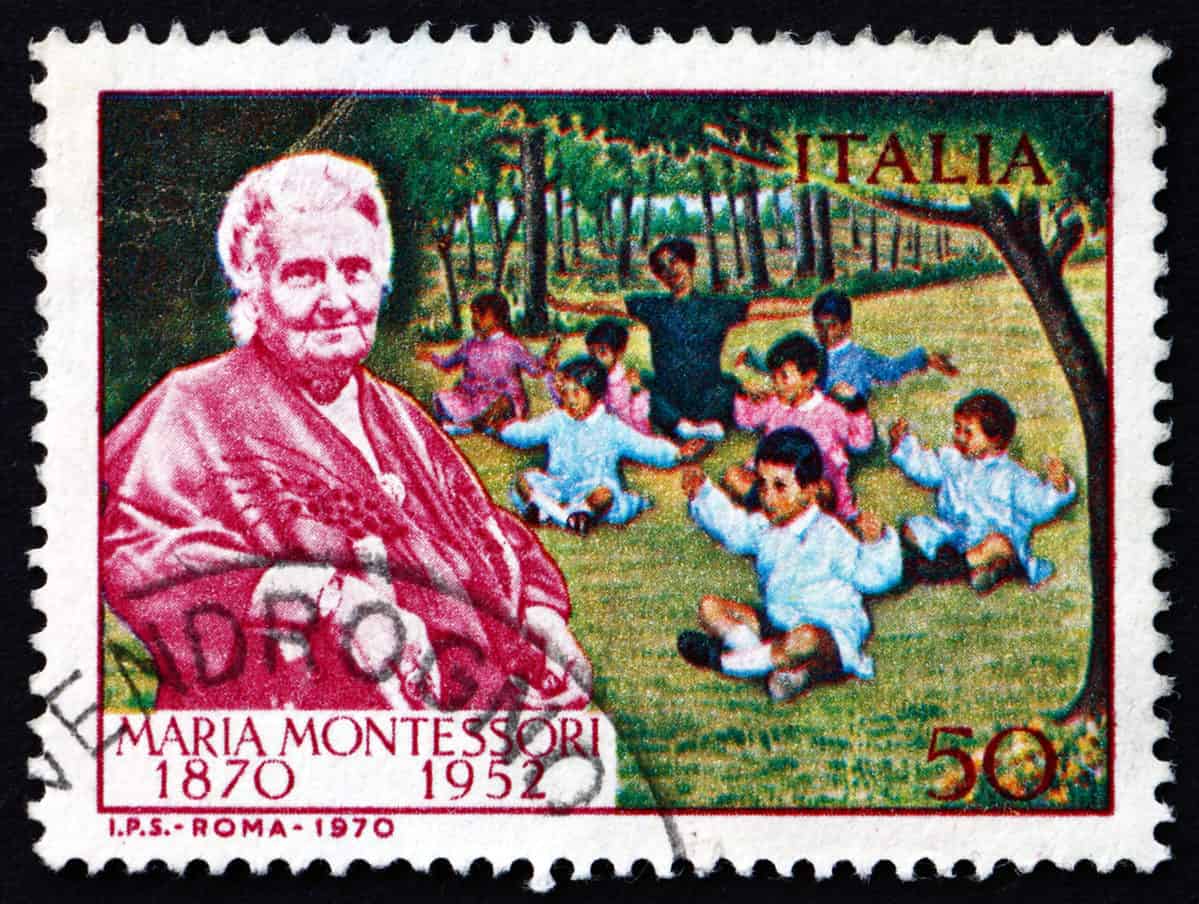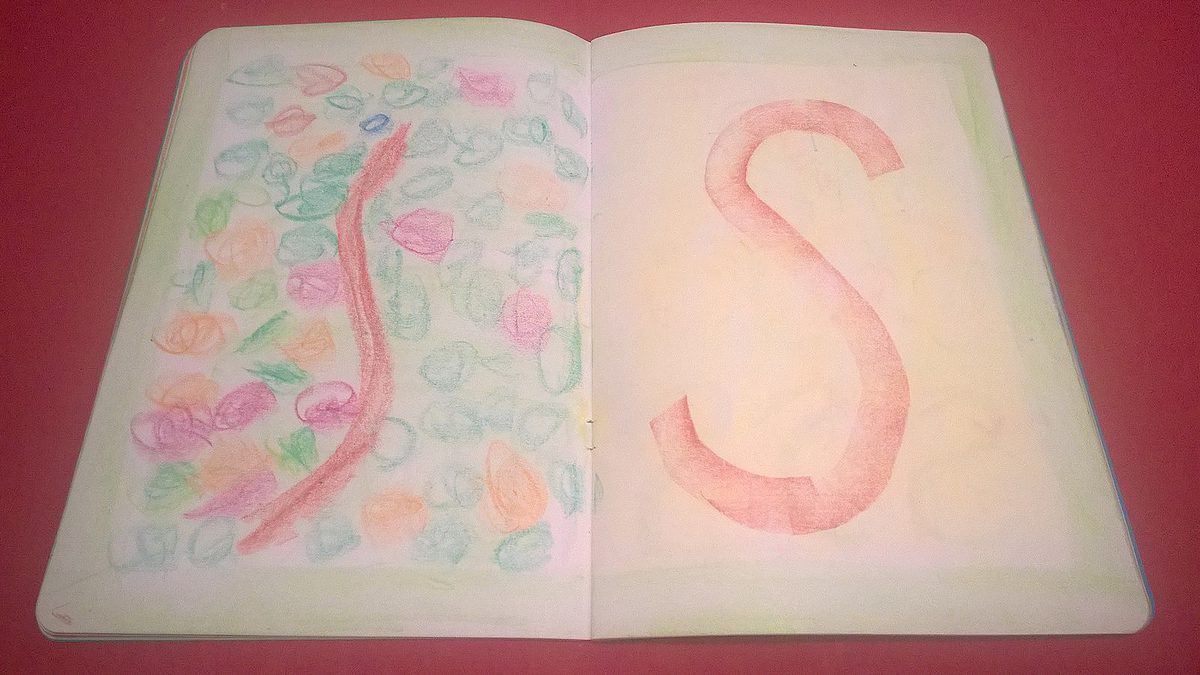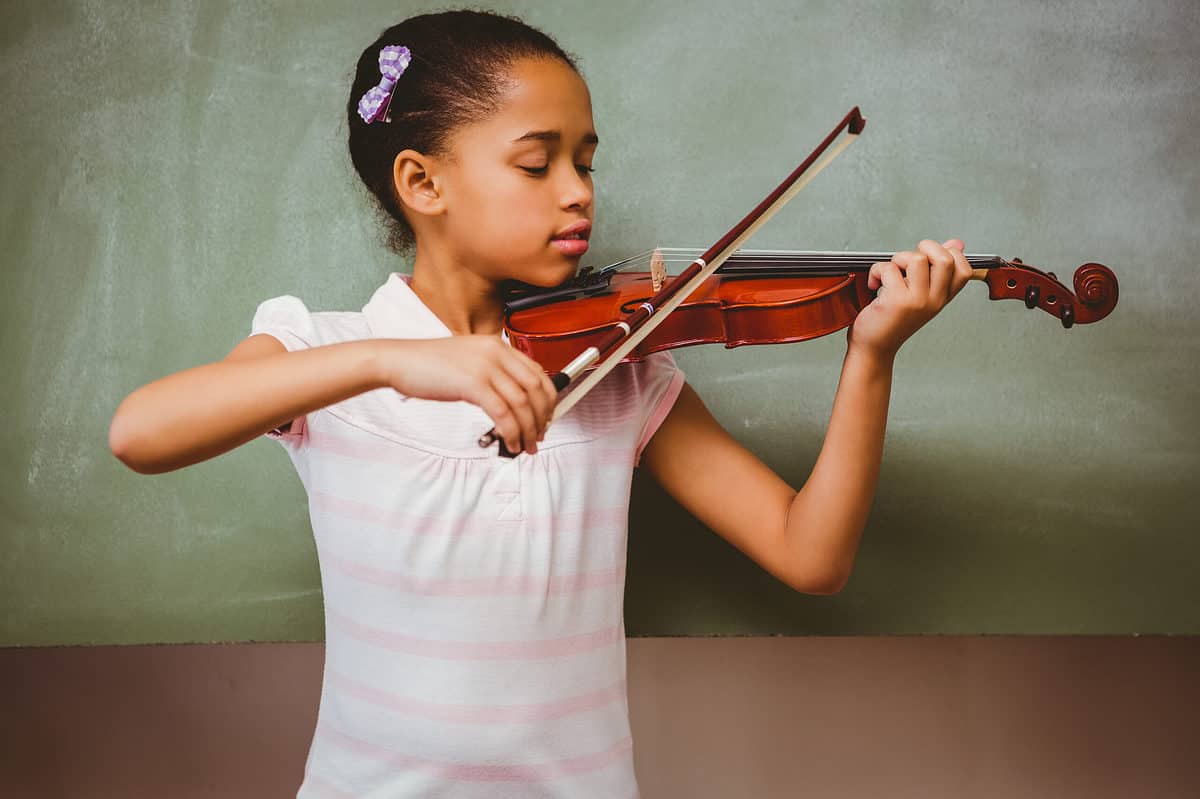Curious about the difference between the Steiner and Montessori education methods? Conceived in the early 20th century as a response to traditional methods of education, these educational models really don't have many similarities. These differences reflect the unique perspectives of the founders of the movements, Rudolf Steiner and Maria Montessori.
Read on to learn about these fascinating individuals, their approaches to educating young minds, and what their educational models look like in practice.
Key Points of the Steiner and Montessori Educational Models
- The Steiner and Montessori educational models were both conceived in the early 20th century as responses to traditional methods of education.
- While both educational models have their unique strengths and weaknesses, parents may find that one is a better fit for their child's individual needs and learning style.
- Steiner's approach to education focuses on the spiritual and artistic development of the child, while Montessori's approach emphasizes self-directed learning and sensory exploration.
- Steiner schools are known for their emphasis on storytelling, natural materials, and a lack of technology, while Montessori classrooms typically feature hands-on materials, a mixed-age environment, and a focus on practical life skills.
Steiner vs. Montessori: The Founders
To understand the unique differences between the Steiner and Montessori educational models, we first need to learn about their creators. Surprisingly, Rudolf Steiner and Maria Montessori were not educators, but rather pioneers of 20th-century education reform. Both of these approaches have their unique strengths and weaknesses, and parents may find that one is a better fit for their child's individual needs and learning style. Let's take a closer look at the lives of Steiner and Montessori, and the principles of their educational models.
Rudolf Steiner
Rudolf Steiner (1861-1925) was well-known for a number of different things but educator was not one of them until late in his life. Steiner initially gained a reputation as a literary critic and writer. However, he is remembered today as the founder of anthroposophy, which was Steiner's attempt to discover a bridge connecting science and spirituality. Through his work in anthroposophy, Steiner conceived biodynamic farming and anthroposophical medicine.

©Stefan_Sutka/Shutterstock.com
It wasn't until 1919 when Emil Mott approached him about creating a school curriculum that Steiner became involved in education. Mott was the owner of the Waldorf-Astoria tobacco company in Stuttgart, Germany. He was concerned that the children of his workers would suffer the same fate as their parents without access to a proper education. It was Mott's desire to raise these children beyond their parents' circumstances that led him to ask Steiner to create a method of education that would lift them up.
So it was in 1919 that the first school to bear Steiner's name was opened in Stuttgart, Germany.
Maria Montessori
Maria Montessori (1870-1952) was a confident and tenacious woman who chose to ignore societal expectations and the widespread bias against women in the workforce to earn her place as the lone female in the University of Rome's Medical School class of 1896. Dr. Montessori focused on pediatrics and psychiatry in her final two years of medical school. Upon graduation, she continued her research at the University's psychiatric clinic.
Part of her research consisted of visiting asylums in Rome where Montessori encountered children with mental disabilities. It was these children who reminded her of the works of Jean Marc Gaspard Itard (1774-1838) and Édouard Séguin (1812-1880). Itard was a French physician who is remembered for his pioneering work in educating the deaf. Séguin, also a French physician, wrote about his methods of educating children with mental disabilities. It was this revelation that influenced Montessori to pursue educating children with mental disabilities who had been written off by society, in much the same manner as women.

©Boris15/Shutterstock.com
In the decade between earning her medical degree and teaching her first Montessori class, Dr. Montessori was a busy woman. She was auditing classes, presenting lectures, and translating the works for her mentors, Itard and Séguin, from French into Italian — by hand. She also gave birth to her only child, Mario Montessori, the product of her relationship with Giuseppe Montesano, a fellow physician. As a result of societal expectations of the day, had Montessori chosen to rear Mario herself, she would have been expected to relinquish her career to care for her child. As such, Mario was reared in the countryside away from Rome, though his mother was a frequent visitor.
So it was in 1906 that Maria Montessori found herself helming a class of students using the method that continues to bear her name today.
Steiner vs. Montessori: Teacher Roles
The role of the teacher is one of the most profound differences between these two progressive education models. In Steiner schools, the teacher assumes the role of an authority figure who provides guidance to students. Whereas, Montessori teachers take a more hands-off approach and serve as facilitators of learning. Read on for more key differences in the teacher roles between the Steiner and Montessori educational models:
Steiner Schools
In Steiner schools, teachers are authority figures and mentors, afforded respect and reverence. The direct instruction method of teaching is the norm in Steiner classrooms. In this method, the teacher is standing in front of a class of students who are sitting at desks; the teacher is presenting information using a story format, or presenting a lecture, depending on the grade level. This portion of the day is the morning lesson or main lesson.
At the conclusion of the story or lecture, the children settle into their morning work. Teachers who are working with younger students model the work, creating their own morning lesson work, usually in the form of a drawing in a morning lesson workbook. Older students work independently, creating their own textbooks, consisting of intricate drawings, disseminating and distilling the information presented in the morning lesson in artistically rendered cursive writing.

©Krejci.praha6, CC BY-SA 4.0 <https://creativecommons.org/licenses/by-sa/4.0>, via Wikimedia Commons – Original / License
It is not uncommon for Steiner teachers to loop with their students, staying with them from first through eighth grade, creating an indelible bond between the teacher and the students.
Montessori Schools
Montessori classrooms are child-centered. In Montessori classrooms, the teacher is a gentle guide. There is neither morning lesson nor morning work beyond that which the individual child deems necessary. The Montessori method recognizes that children are capable of teaching themselves, and as such Montessori students are the planners of their day. The Montessori teacher is a full-time observer as well as a part-time director. The teacher is a mediator when classroom scuffles escalate to a point that requires intervention, and dispenses suggestions regarding best practices and safety protocols. Students, however, are responsible for their own academics.

©Jacob Lund/Shutterstock.com
Steiner vs. Montessori: Curriculum
The approach to curriculum is another area in which these two models of education diverge. Steiner focuses on the development of the child, emphasizing creative and artistic expression in addition to academics. While Montessori prioritizes self-directed learning and encourages natural curiosity and independence. Here are some key differences in the teaching curriculum:
Steiner Schools
The rich curriculum used in Steiner schools was created and developed by Rudolf Steiner himself. Steiner schools aim to foster creativity and imagination in students. Additionally, Steiner schools incorporate an emphasis on the arts and physical movement into the curriculum. Steiner outlined a general theme for each grade level:
- First Grade: Fairy Tales and Fables,
- Second Grade: Saints and Legends
- Third Grade: Old Testament Stories
- Fourth Grade: Norse Mythology
- Fifth Grade: Ancient Culture
- Sixth Grade: The Middle Ages
- Seventh Grade: The Age of Exploration
- Eight Grade: Revolutions
However, the individual teacher decides the best way to implement the theme. For example, the third-grade Steiner curriculum calls for the study of Old Testament stories. However, the teacher may choose to teach creation myths from around the world. And one fifth-grade teacher may focus on ancient India, while another may concentrate on ancient Greece. Steiner believed that the teacher was the final authority in decisions regarding their class, free of interference from administrators and administration.
Apart from the central theme for each grade, Steiner school students stay busy learning a variety of practical arts from knitting and crocheting to machine sewing and woodworking. Music is also in the curriculum that Steiner proposed. Children have singing classes in the lower grades (1-5), which develop into a choir in the upper grades (6-8). Along the way these students have perfected four-part harmonies, singing acapella, and singing in rounds.

©wavebreakmedia/Shutterstock.com
In the first grade, Steiner students each receive their own pentatonic flute. In third grade, they not only begin to play recorders but also begin studying a stringed instrument. Some Steiner schools introduce wind instruments in fifth grade, as well. The upper grades have orchestra classes that culminate with two performances a year.
Montessori Schools
The curriculum is simply not a part of the Montessori method. According to this model, children have an innate drive to learn and explore, and the role of the teacher is to create a prepared environment that fosters this natural curiosity. Rather than concentrating on developing a curriculum, Montessori conceived five principles for educating children. These include:
- Respect for the whole child.
- Acceptance that the child has an absorbent mind.
- Awareness of sensitive periods in which a child is prepared to learn new skills.
- Access to a prepared environment in which to explore and embrace their interests and talents.
- The child is a capable teacher, able to educate him/her/themself. auto-education.
Though individual students in Montessori schools may create their own individualized syllabi and curricula, they are the products of their absorbent little minds and not due to the Montessori method. However, Montessori would approve of the students' initiative as it aligns with her belief in the child's innate ability to create meaningful work. This is one of the reasons why this education model was created without a curriculum.
Steiner vs. Montessori: Homework, Tests, Grades
In the case of Steiner. vs. Montessori schools, they're convergent in their lack of homework, tests, and grades. Both Rudolf Steiner and Maria Montessori recognized that tests and grades harmed the psyches of those who underperform. Conversely, they understood that the abilities and intellect of students who performed well were not affected by the outcome. instead of letter and number grades, Steiner and Montessori students are evaluated by their teachers through written narrative reports to and conversations with parents. These reports offer detailed insights and understanding of students that simply are not adequately reflected in a letter or number grade.

©Ground Picture/Shutterstock.com
Though both of these methods of education remain popular over 100 years after being conceived, the Montessori method has outpaced Steiner's model. As of 2022, Montessori boasts 15,000 schools around the globe, 3,000 of which are located in the U.S. Steiner, on the other hand, has 2,000 schools throughout the world, 130 of which are located in the U.S. Regardless of which model you choose, each model has stood the test of time.
The image featured at the top of this post is ©xeuphoriax/Shutterstock.com.

